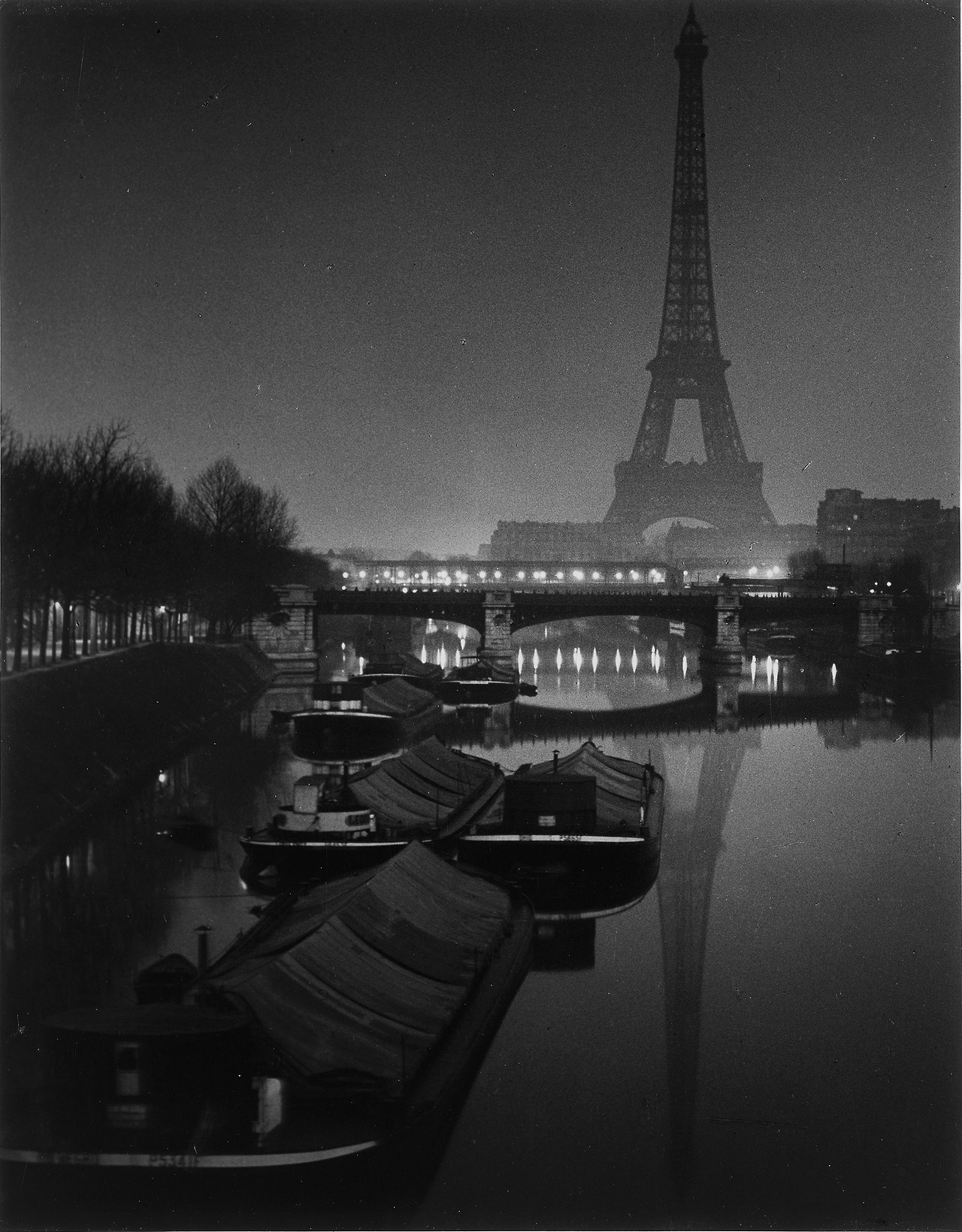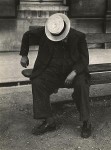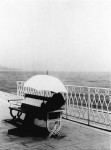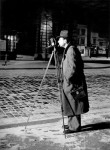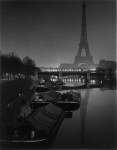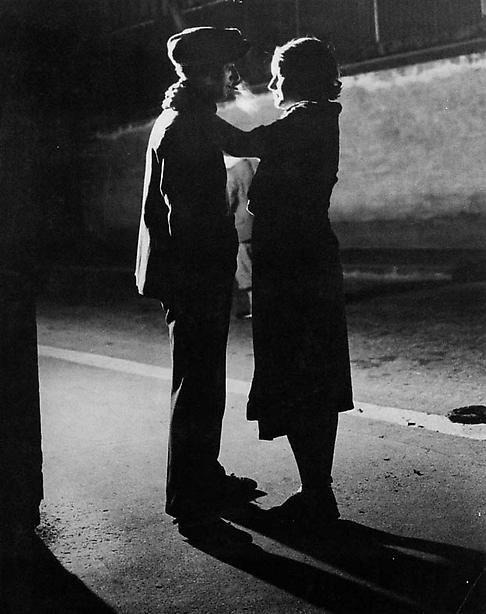
9 September 1899 – 8 July 1984
“Chance is always there. We all use it. The difference is a poor photographer meets chance one out of a hundred times and a good photographer meets chance all the time.” Brassaï
Today marks the birthday of Brassaï (Pseudonym of Gyula Halász), one of the most renowned photographers of the interwar period. Born in 1899 in the Transylvanian town of Brassó, who rose to fame in France in the 20th century.
Brassaï became well known for his candid shots of the streets of Paris and his long-time friend, Henry Miller, nicknamed him “The Eye of Paris” for his devotion to the city. Through out his career he became friends with a number of different artists including Picasso which resulted in many famous portraits of the artist, as well as important books. His first photo-book, published in 1933 and entitled Paris de nuit (published in English as Paris After Dark), remains the most famous depiction of the city’s hidden underbelly, and is considered a classic of early street photography.
In 1924 Brassaï moved to Paris and supported himself as a journalist, writing for publications throughout Europe and the United States (it was in Paris that he changed his name to Brassaï, meaning “from Brassó”). He only turned to photography to document his articles but eventually he became enchanted with the medium.
From 1943-45, when working as a photographer was difficult due to the German occupation, Picasso encouraged him to return to drawing, and later sculpture. But Brassaï’s career as a photographer resumed after the war and continued through the late 1960s; it includes work for such publications as Harper’s Bazaar, Picture Post, and Surrealist magazines.
Brassaï’s approach to photography however was at an opposite pole from the then emerging genre of photojournalism such as such as Lartigue and Doisneau.
He would venture out at night to capture the city’s deserted streets, its shadowed monuments, and those who only emerged after dark. The key to his art was patiences and long exposures. Using makeshift and cumbersome tools – a wobbly tripod, a piece of string to measure the distance of object to camera, and the noisy, smelly bang of magnesium at a time when faster film had outdated it -Brassaï carefully composed each picture and waited for the right moment to capture subjects like prostitutes, nightclub entertainers, transvestites.
Images Rights and reservation: © Estate Brassaï – R.M.N.
Information: Art Daily






